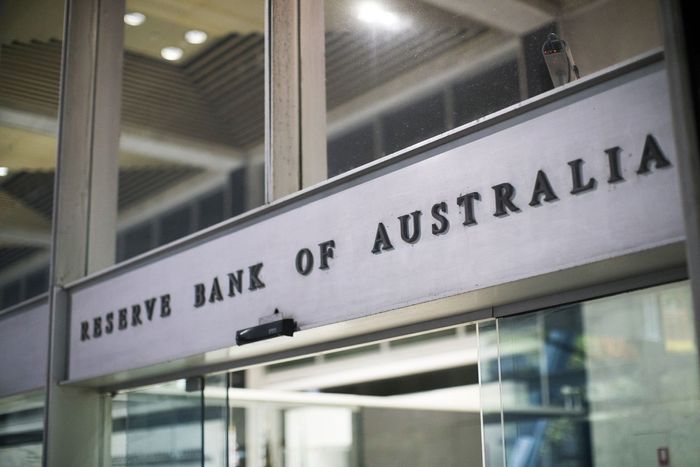
As Australia navigates its economic landscape in mid-2024, all eyes are on the Reserve Bank of Australia (RBA) and its upcoming meeting in August. The RBA’s decisions regarding interest rates and the cash rate will be pivotal in shaping the nation’s economic trajectory, influencing everything from consumer spending to housing markets. Here’s a closer look at the key predictions and factors expected to influence the RBA’s decisions.
Current Economic Context
Australia’s economy has been navigating a complex mix of factors in 2024. After a series of rate adjustments in previous months, economic indicators are providing a mixed picture. Inflation, a central concern for the RBA, has shown signs of stabilising but remains above the target range. Economic growth has been steady but faces headwinds from global economic uncertainties and domestic challenges.
Interest Rates and Cash Rate Predictions
- Hold Steady: A prevailing prediction among analysts is that the RBA will maintain the current cash rate. Given the recent economic data, which show inflation easing and growth holding steady, the RBA might opt to adopt a wait-and-see approach. This would allow the effects of previous rate hikes to fully permeate the economy before making further adjustments.
- Modest Increase: Some economists speculate that a modest increase in the cash rate might be on the table. This prediction stems from concerns about persistent inflation pressures and the need to ensure that inflation expectations remain anchored. A small rate hike could be seen as a proactive measure to keep inflation in check without derailing economic growth.
- Rate Cut: Though less likely, there is a minority view that the RBA might consider a small cut in the cash rate. Proponents of this scenario argue that a rate cut could stimulate economic activity and counteract potential slowdowns in sectors such as housing and consumer spending. However, this approach would likely be contingent on a significant and sustained improvement in economic indicators.
Factors Influencing RBA Decisions
- Inflation Trends: Inflation remains a critical concern. The RBA’s primary mandate is to achieve price stability, and any persistent inflationary pressures could prompt further tightening. Conversely, if inflation shows consistent signs of moderation, the RBA might hold rates steady or even consider cuts.
- Economic Growth: Australia’s economic growth trajectory will play a crucial role. If growth continues at a moderate pace, the RBA might be inclined to maintain current rates to avoid stifling economic activity. However, signs of slowing growth could necessitate a reassessment of the monetary policy stance.
- Global Economic Conditions: The international economic environment, including trade dynamics and geopolitical tensions, will also influence the RBA’s decision. Uncertainties in global markets could lead to cautious adjustments in monetary policy.
- Domestic Indicators: Key domestic indicators such as employment figures, consumer confidence, and housing market trends will be closely monitored. A robust labor market and strong consumer confidence might support a decision to keep rates steady or implement a cautious increase.
Implications of the RBA’s Decision
- For Borrowers: Any changes in the cash rate will directly impact borrowers. A rate hike could increase the cost of mortgages and loans, while a cut could provide some relief to those with variable-rate loans.
- For Savers: Interest rate adjustments affect savings accounts and fixed-term deposits. A higher cash rate could benefit savers with better returns on their deposits, whereas a lower rate might diminish interest income.
- For Businesses: Businesses will be attentive to rate changes as well. Higher rates could increase borrowing costs and impact investment decisions, while lower rates might encourage expansion and investment.
In conclusion, the RBA’s August meeting will be a critical juncture for Australia’s economic policy. The decision on interest rates and the cash rate will be influenced by a confluence of factors, including inflation trends, economic growth, and global conditions. As always, the RBA’s actions will be closely watched for their broader implications on Australia’s economic landscape.